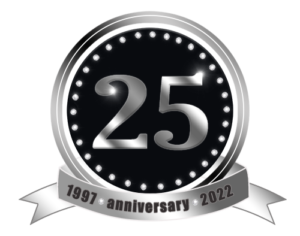Industrial Vacuums.
Providing
The Solution.
Suction of combustible and explosive dust
The topic of combustible dusts in the workplace is of paramount importance for worker safety and accident prevention. This article will review the characteristics of combustible dusts, how to prevent explosions, and how to identify and control the explosion potential of dusts.
Types Of Combustible Dust And Their Hazards
Combustible dusts pose a potential safety hazard in many industries. There are three main categories of flammable dusts: natural organic materials, synthetic organic materials and metals. Each category has different behaviour when exposed to a source of combustion and therefore requires specific management to ensure a safe working environment.
The natural organic materials category includes substances such as flour, wood, paper, natural fibres and food products. These materials consist mainly of carbon, hydrogen and oxygen, and can be easily combusted in the presence of a heat source, such as a spark or an open flame. Combustion of these materials also produces toxic fumes and gases, such as carbon monoxide and hydrogen cyanide, which can pose additional health hazards to workers.
Synthetic organic materials are chemicals of synthetic origin, such as polymers and resins, that are used in many industries, such as plastic and rubber production. These materials can be highly flammable and can produce toxic fumes and gases when burned. They can also be very sensitive to sparks and heat sources, such as welding lights or machines that produce friction, and therefore require careful handling to prevent fires and explosions.
The metals category includes substances such as aluminum, magnesium, titanium and zinc. These materials can be highly flammable and can react violently with water and other chemicals, such as acids. Burning metals can also produce toxic fumes and gases, such as carbon monoxide and zinc oxide, which can pose additional health hazards to workers.
How To Identify And Control Dust Explosion Potential
Knowing the parameters of treated powders is essential to eliminate ignition sources and limit the effects of explosions, minimizing injuries.
Here are some indices for assessing the hazardousness of flammable dusts:
- KST: measures how destructive a given powder is once the explosion has started
- Pmax: allows calculation of how much damage the powder is capable of doing within an enclosed environment
- MIE: indicates the amount of energy required to ignite
- MIT: indicates the minimum temperature for which a hot surface will ignite a dust cloud or dust layer after making contact.
To prevent explosions, plant elements such as dryers must be tested for the minimum ignition temperature to prevent a dust explosion through contact with a hot surface. In addition, equipment such as industrial vacuum cleaners, machinery, and processing equipment that come into contact with combustible dust must be designed to prevent leakage and minimize the release of dust into work areas ensuring maximum safety.
How Is The Dust Explosion Triggered?





